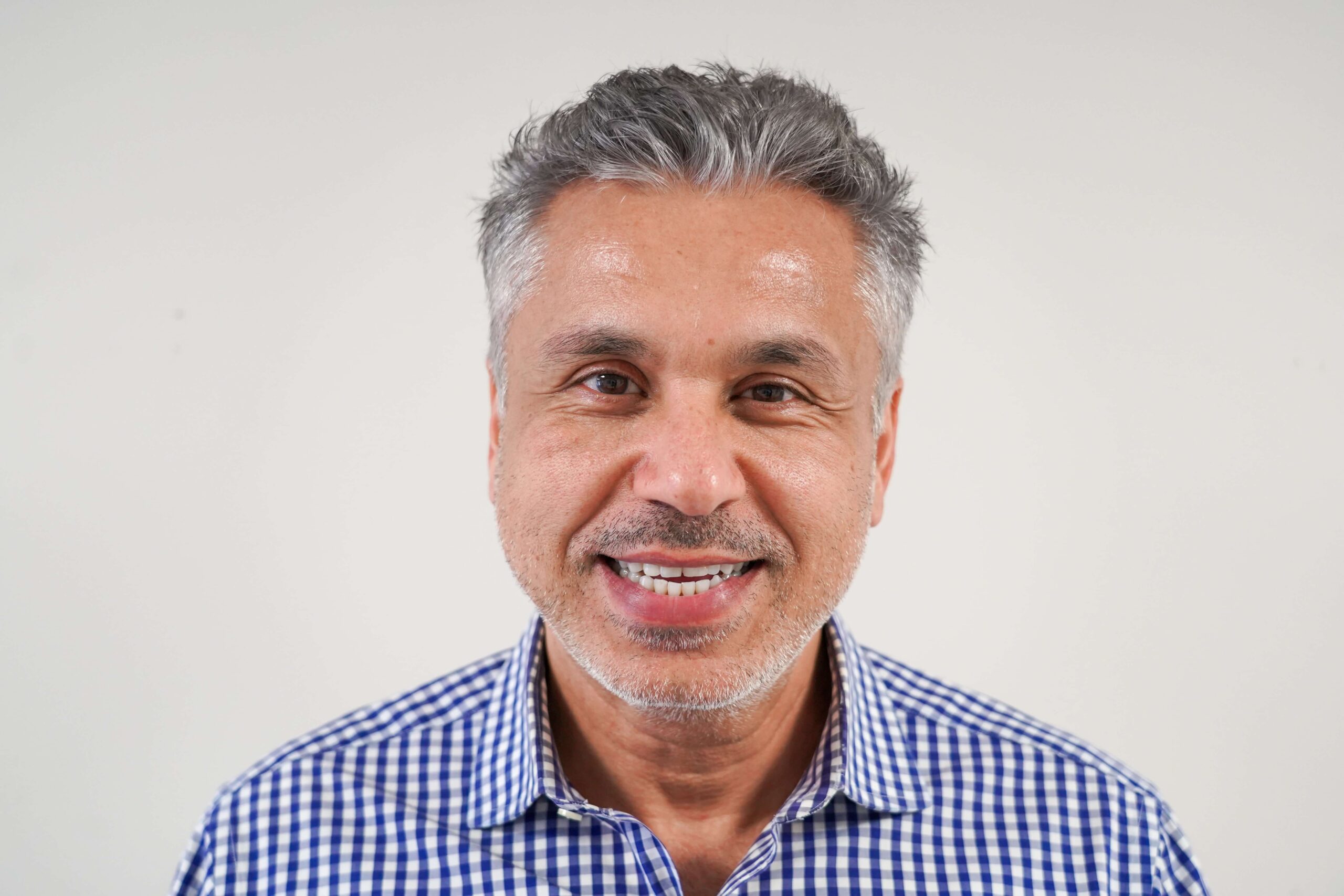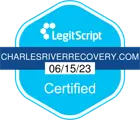Does Heroin Use Cause Diabetes?
Heroin does not cause diabetes. What heroin does do, however, is create what’s known as hyperinsulinemia. This is a state where there is too much insulin in the blood even without glucose intolerance. According to the Mayo Clinic, the treatment is simply to treat the problem that’s causing the hyperinsulinemia. In cases of the condition stemming from the misuse of heroin, the obvious treatment is to help the client stop taking the drug or to find which of the three available heroin treatment drugs that helps with both the heroin use disorder and the hyperinsulinemia.
Hyperinsulinemia Itself
In cases of the condition where the person is not misusing heroin or another opioid, the cause of hyperinsulinemia is insulin resistance. Such resistance comes from any one of a number of conditions, or the person might simply experience insulin resistance without one of the comorbid conditions. The most common condition is polycystic ovarian syndrome. Others include nonalcoholic fatty liver disease, heart disease, or metabolic syndrome.
Hyperinsulinemia is common. In the U.S., about 84 million people experience prediabetes, which is the normal indicator of the presence of insulin resistance. If you suspect that you might have this condition or if your doctor tells you that you might have it, check for the following symptoms:
- Darkened skin in your armpits, back, and/or neck
- Many skin tags
- Blurred vision
- Unusual thirst
- Abnormally frequent urination
- Increased hunger
- Headaches
You might also get skin infections, and any skin injuries will be slow to heal.
Heroin: The Facts
Heroin is a refined form of opium, which is derived from the ground seeds of the poppy. The ground seeds are first turned into morphine, which is then further refined to make heroin. Usually, it’s either a white or brown powder. Occasionally, it’s made into a dark, sticky substance that is known on the street as black-tar heroin. Black-tar heroin is much less pure than its powdered counterparts.
Heroin is usually cut with something else to “make it go farther.” This can be anything from confectioner’s sugar to rat poison. People who experience heroin use disorder must be careful because of two chief problems:
- They get used to needing a certain amount of the drug when the drug is cut with something else. If they then get pure heroin and use the same amount, then the chance of death is much greater because the person will have used much more heroin than usual.
- Many of the substances, such as the aforementioned rat poison, are possibly lethal in and of themselves, and someone who uses heroin can die simply from using it even if the person is a “first timer.”
Heroin affects the body like other opioids, but because it’s refined, it’s much more powerful than what your doctor will usually prescribe for pain management. Interestingly, when someone takes heroin, the body converts it back into morphine, which then binds to the opioid receptors in the brain. Depending on how much someone takes, the “rush” of euphoria will be slow or fast. The high is intense and quite pleasurable, which is why it’s so addicting.
Unfortunately, the high is as ephemeral as it is euphoric. It wears off quickly, especially after chronic use and the tolerance that comes with it. The cravings that come next are irresistible in almost all cases. The danger inherent in heroin use isn’t actually that drug itself. Other than the substances with which it might be cut, the biggest danger is death by respiratory arrest. When “coming down” from heroin, the person’s breathing slows to life-threatening, or nearly life threatening, levels. When reduction in oxygen happens, it’s imperative for the person to have medical assistance. Otherwise, if the person survives over the long term, then it’s merely a stroke of luck.
When heroin binds to the opioid receptors, the euphoria comes from its effect on the neurotransmitters in the brain. The extra stimulation produces additional dopamine. The euphoria is the chief psychologically addicting effect of heroin. Unfortunately, because the effect lasts such a short time, the person experiences intensely unpleasant effects thereafter.
These include severe dry mouth, intense nausea, whole-body itch, and what’s called “going on the nod,” which is when, as the euphoric state ends, the person vacillates between being conscious and semi-conscious as if in a light sleep. The craving for the euphoria, together with the unpleasant effects of withdrawal, combine to make “chasing the dragon” among the toughest substance misuse problems to overcome.
Over the long term, the effects are even worse. You can develop pus-filled sores all over your body along with serious infections of the tissues of the heart and lungs. Your veins could collapse if you inject it, or your nasal membranes could rot if you snort it. This is especially true if you mix the heroin you snort with cocaine or crack cocaine, which is called speedballing. Heroin causes erectile dysfunction in people who are assigned male at birth. Additionally, your brain chemistry will be irrevocably altered, and depressive disorder, anxiety, suicidal ideation, and antisocial personality disorder are common. If you inject the drug, then there is also the possibility that you could contract HIV from a shared needle.
The expression “kicking the habit” comes from the propensity for people going through heroin withdrawal to experience uncontrollable leg spasms as they go through withdrawal. One theory on the term “cold turkey,” too, has to do with heroin because of the cold sweats and goose bumps that also come along with withdrawal.
Modern Treatment Options
Prior to 2010, the prevailing attitude was that the only way to beat heroin use disorder was to get the person to stop taking the drug. As research over the last nearly two decades has shown, however, ending heroin use was always going to be a losing proposition. Two things spurred a shift in the thinking regarding heroin use disorder treatment: the lethality of heroin dependence and the strength of the addiction itself. While therapy is still quite a useful component in treatment strategies, the focus on keeping the person free from the drug is gradually being discarded because the strength of the addiction is just too strong. People relapse as soon as they’re out of a controlled environment, and keeping them in such a controlled environment for life is neither practical nor humane.
The new strategy is to reduce the harm to a level where the most serious of the side effects of both the use of heroin and the withdrawal from it are minimized. Three drugs are used in this strategy: Methadone, buprenorphine, and Naltrexone. Sometimes, one of these drugs suffices, but other times, a combination works better. In the “reduce-the-harm model,” the idea is to remove the illegality of taking these opioids so that the person doesn’t have to resort to stealing them to be able to receive treatment.
Of course, someone’s medical history will be a determining factor in which treatment is best. Each case must be individually analyzed, and each treatment strategy customized for the person. For example, some cases might necessitate being opioid-free even if that strategy is now in disfavor, such as in a case where the person is allergic to Methadone. Other times, therapy will be the lead method of controlling heroin use disorder, particularly if some sort of trauma induced the person to begin using the drug.
Forms of Therapy Used in Treating Heroin Use Disorder
The most common form of therapy when treating any substance use disorder is cognitive behavioral therapy. This is what’s commonly known as “thinking about thinking.” The person undergoing therapy learns to identify troublesome emotions, thoughts, and behaviors and to ask questions about them. The client and the therapist will then discuss both the negative things and the person’s answers to them. Further questions might be, “What makes these things bad, and what can we do to focus on good things instead?” The answers to those questions will become the person’s coping strategies down the line.
In the case of the treatment of heroin use disorder, with the current focus on reducing harm rather than eliminating the drug completely from the person’s life, the efficacy of a combination of treatment strategies is most apparent. In that study, the researchers found a mean effect size of 0.45 in cases of substance use disorder. The lowest measured effect size was 0.24, which was for people who used multiple substances, such as in the case of speedballing. Even 0.45 is just a moderate effect, so the treatment is not a panacea. Still, it is a crucial element of an overall treatment plan.
Motivational enhancement therapy is the practice of encouraging the client to set attainable goals and to mark achieving each one. Success is celebrated, and failure is redirected toward a path to eventual success. This, too, is most useful in an overall plan that uses multiple treatment strategies.
When trauma is involved in either the reason the person began to use heroin, something that happened while using heroin, or both, then another possibility for treatment is eye-movement desensitization and reprocessing, or EMDR. It’s a process where the therapist uses light to direct the client’s eye movements while focusing on the trauma or perceived trauma. The eye movements and light combined have been shown since 1987 to have a beneficial effect on the person’s reaction to a previous trauma. The memories become less vivid and, therefore, less troublesome.
Seeking Help
At Charles Recovery River, we provide just such a collection of comprehensive treatment strategies. If necessary, then we will help you detox before you begin handling your substance use disorder throughout your life. We’ll assess your medical needs, too, so that we pick the right treatment plan. The toughest step toward help and recovery is the first one. So, if you even think you might have a problem, call us so we can help you overcome it.






